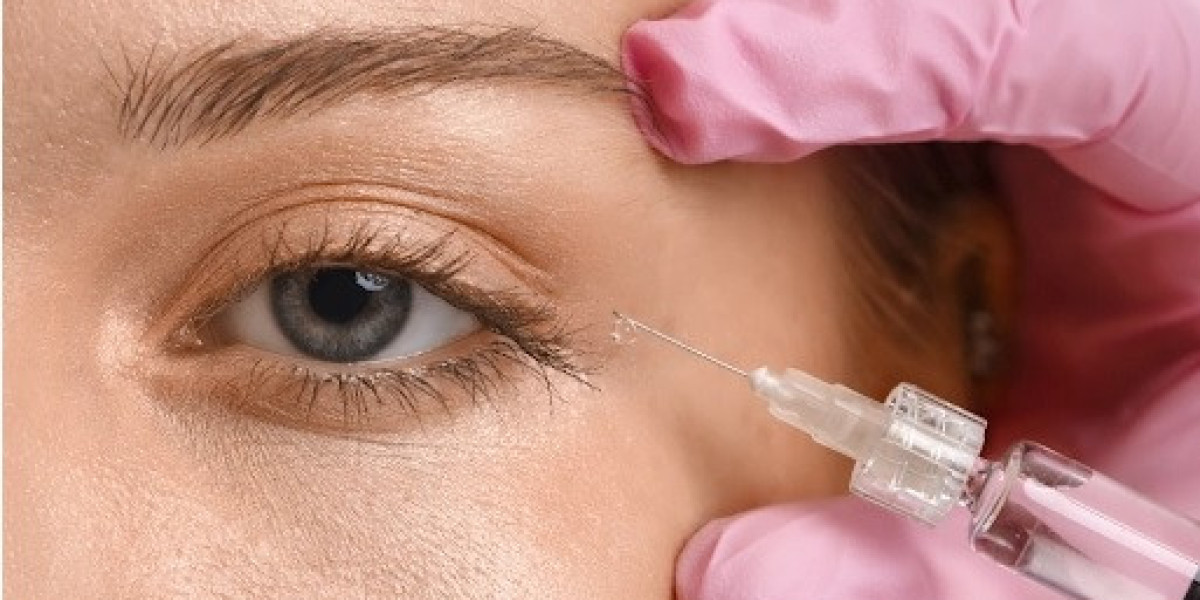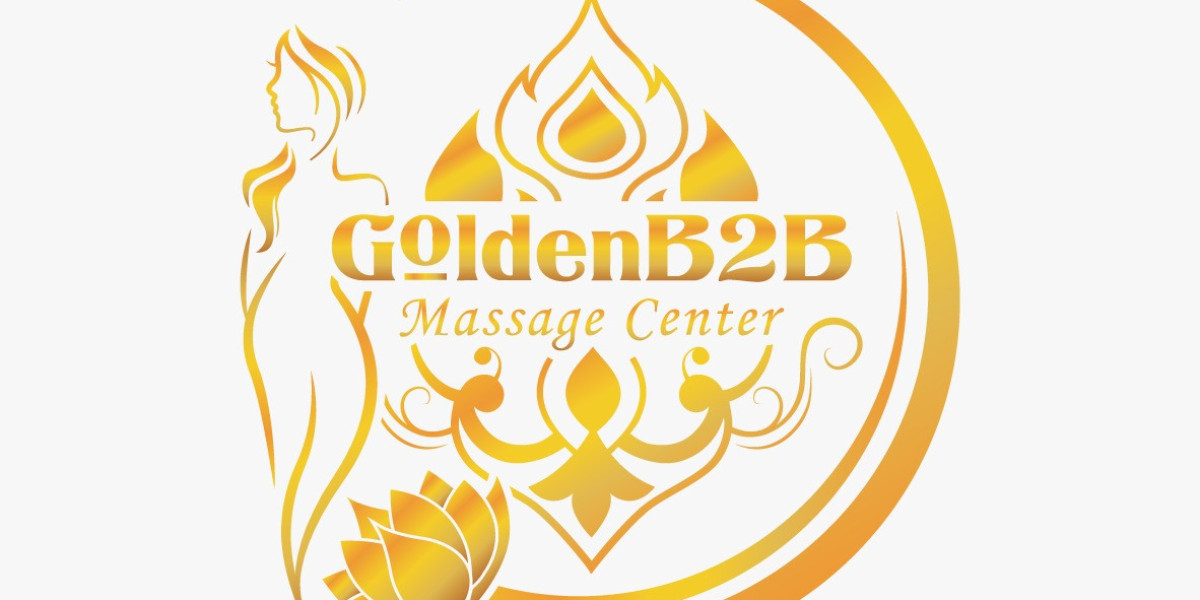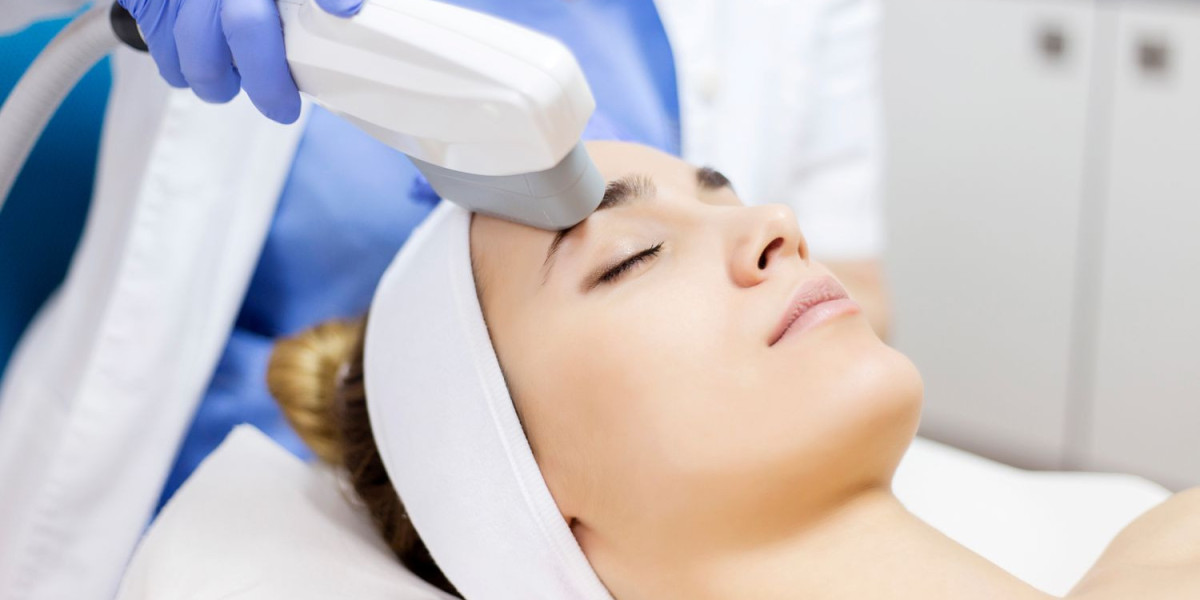As we age, our skin undergoes various changes that can lead to the emergence of fine lines and wrinkles, particularly around the delicate under-eye area. One of the most popular non-surgical treatments for combating these signs of aging is botox for under-eye wrinkles. This blog post explores how long the effects of Botox typically last for under-eye wrinkles, what influences its duration, and tips for maximizing results.
Understanding Botox
Before diving into the specifics of botox for under-eye wrinkles, it’s essential to understand what Botox is and how it works. Botox is a brand name for botulinum toxin, a neurotoxic protein produced by the bacterium Clostridium botulinum. In small, controlled doses, Botox is used to temporarily paralyze muscles, which can reduce the appearance of wrinkles and fine lines.
The Mechanism of Botox
When injected into specific facial muscles, Botox blocks the nerve signals that cause these muscles to contract. This leads to a smoother appearance of the skin above the treated area. For under-eye wrinkles, Botox can help alleviate "crow's feet" and other fine lines by relaxing the muscles responsible for those expressions.
The Benefits of Botox for Under-Eye Wrinkles
There are several benefits to using botox for under-eye wrinkles, including:
- Non-Surgical Solution: Botox is a minimally invasive treatment, making it a popular choice for those seeking to avoid surgery.
- Quick Procedure: The treatment typically takes only a few minutes, allowing patients to resume their daily activities almost immediately.
- Immediate Results: Many patients notice an improvement in their appearance within a few days post-treatment.
- Reversible Effects: Botox is not permanent, allowing individuals to reassess their choice after the effects wear off.
- Customizable: Dosages can be adjusted to meet individual needs and desired outcomes.
How Long Does Botox for Under-Eye Wrinkles Last?
The longevity of Botox results varies from person to person due to several factors. On average, patients can expect the effects of botox for under-eye wrinkles to last anywhere from three to six months. However, some individuals may experience longer or shorter durations based on the following factors:
1. Individual Physiology
Each person’s body metabolizes Botox differently. Factors such as age, skin type, and overall health can affect how quickly the body breaks down the botulinum toxin. Younger patients might enjoy longer-lasting effects, while older individuals may find that the results wear off more quickly.
2. Treatment Area
The under-eye area is particularly delicate and may require a different concentration of Botox compared to other areas of the face. The intricacies of the muscle movements around the eyes can also influence how long the treatment lasts.
3. Injection Technique
The skill and experience of the injector play a significant role in the effectiveness and longevity of Botox. An experienced practitioner will know the right dosage and injection points, ensuring optimal results.
4. Frequency of Treatments
Regular Botox users may notice that their results last longer over time. This phenomenon is often referred to as "muscle memory," where the muscles become accustomed to being relaxed, leading to a more extended duration of effects.
5. Lifestyle Factors
Lifestyle choices, such as smoking, sun exposure, and skincare routines, can also impact how long Botox lasts. Proper skin care and protection from UV rays can help maintain skin elasticity and overall appearance.
What to Expect During and After Treatment
Understanding what to expect during the Botox process can help alleviate any concerns you may have.
The Treatment Process
- Consultation: Before treatment, a thorough consultation with a qualified practitioner is essential. This will involve discussing your medical history, desired outcomes, and any potential risks or side effects.
- Preparation: The area around the eyes will be cleansed, and in some cases, a topical anesthetic may be applied to minimize discomfort.
- Injection: Using a fine needle, the practitioner will inject small amounts of Botox into the targeted muscles under the eyes. The procedure is quick and usually takes less than 30 minutes.
- Post-Treatment Care: After the injection, patients are advised to avoid strenuous exercise, sun exposure, and lying down for a few hours to prevent the spread of the toxin.
Results Timeline
Patients can typically expect to see the effects of botox for under-eye wrinkles within 3 to 7 days post-treatment. The results will gradually improve over this period, reaching their peak effectiveness around two weeks after the procedure.
Potential Side Effects
While Botox is considered safe, there can be side effects, including:
- Bruising or swelling at the injection site
- Headaches
- Droopy eyelids (if injected incorrectly)
- Allergic reactions (rare)
Most side effects are temporary and resolve within a few days.
Maintaining Your Botox Results
To maximize the longevity of your botox for under-eye wrinkles, consider the following tips:
- Follow Post-Care Instructions: Adhering to your practitioner’s aftercare guidelines is crucial for optimal results.
- Schedule Touch-Up Appointments: Regular treatments can help maintain smoother skin and potentially prolong results.
- Protect Your Skin: Use sunscreen daily to protect against UV damage, which can accelerate aging.
- Stay Hydrated: Proper hydration supports skin elasticity and overall health.
- Healthy Lifestyle Choices: A balanced diet, regular exercise, and avoiding smoking can improve skin health and longevity of results.
Alternatives to Botox
While Botox is a popular choice for reducing under-eye wrinkles, there are alternative treatments to consider:
1. Dermal Fillers
Fillers can be used to restore volume and smooth out wrinkles around the eyes. Unlike Botox, which relaxes muscles, fillers add substance beneath the skin.
2. Chemical Peels
Chemical peels remove the top layer of skin, promoting new cell growth and improving skin texture and tone.
3. Laser Treatments
Laser therapy can help tighten skin and reduce wrinkles by stimulating collagen production.
4. Microneedling
This procedure involves using tiny needles to create micro-injuries in the skin, promoting healing and collagen production.
Conclusion
In summary, botox for under-eye wrinkles is a highly effective treatment for reducing the appearance of fine lines and achieving a more youthful look. While the results typically last between three to six months, various factors can influence the duration, including individual physiology, treatment area, and lifestyle choices. By understanding the treatment process and following aftercare guidelines, patients can enjoy the benefits of Botox and maintain their results over time.If you're considering Botox for under-eye wrinkles, consult with a qualified practitioner to determine the best approach for your unique needs and goals. With the right care and attention, you can achieve a refreshed and rejuvenated appearance that lasts.














